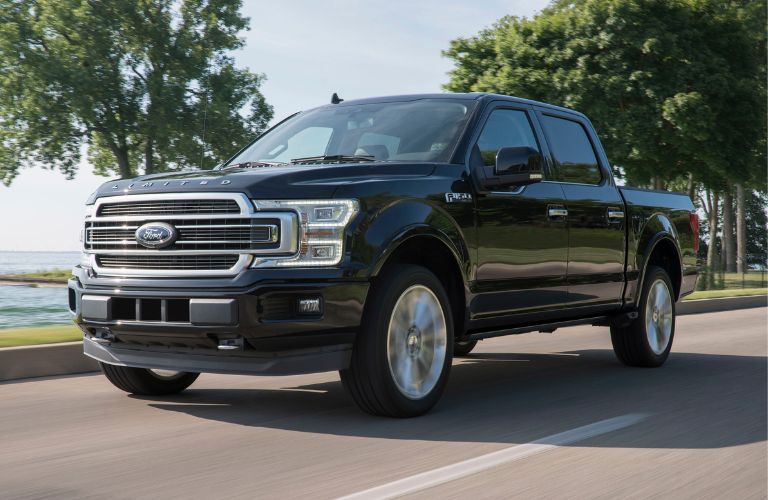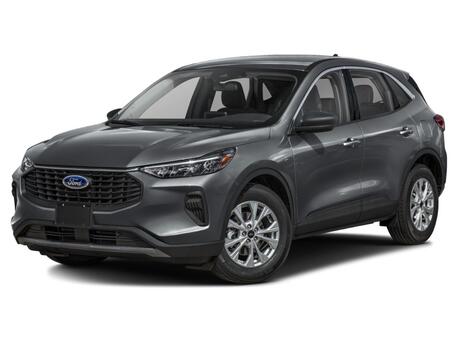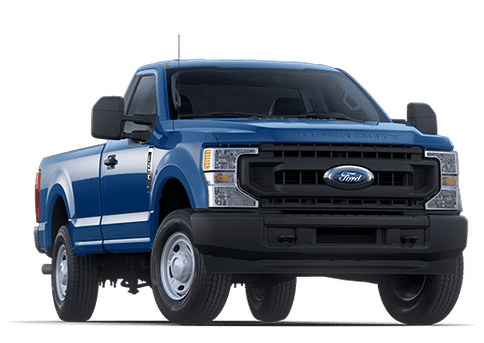Von Schledorn Auto Group Official Blog
What is the difference between active safety features and passive safety features?
By Product Expert | Posted in Safety, Tips and Info on Monday, July 15th, 2019 at 5:05 pm
Safety should always be at the front of your mind when you’re driving. Even if you’re just shopping for a new car, safety features should be among the things you ask about. We often see some safety features depicted as active and some as passive. What do these terms mean? Keep reading to find out.
You might also be interested in: 3 ways you can save money on car insurance
Active safety vs. Passive safety 
Both active and passive safety features are extremely important. They both serve different purposes, but both kinds of features are meant to keep you and your passengers as secure as possible. The main difference is that active features are meant to prevent accidents from happening while passive features are designed to limit the damage of one that does occur. Examples of active safety features on Cadillac, Chevy, Ford, and Buick vehicles include blind spot monitoring, automatic emergency braking, lane-departure alert, and rear cross-traffic alert. Not all accidents and collisions are avoidable, however, so precautions need to be integrated. Some passive safety features include airbags, crumple zones, and seat belts. These are clearly damage-control measures that aren’t meant to stop an accident, but rather help to limit the fallout of one.
Get your next vehicle from Eric Von Schledorn Auto
Come to EVS Auto to learn more about our vehicles and the safety features they include. Chevy, Ford, Buick, and Cadillac all produce some of the safest cars, trucks, and SUVs available today. Safety is no joke. We take all of our customers’ safety seriously. Come learn more about automotive safety by visiting EVS Auto.





























